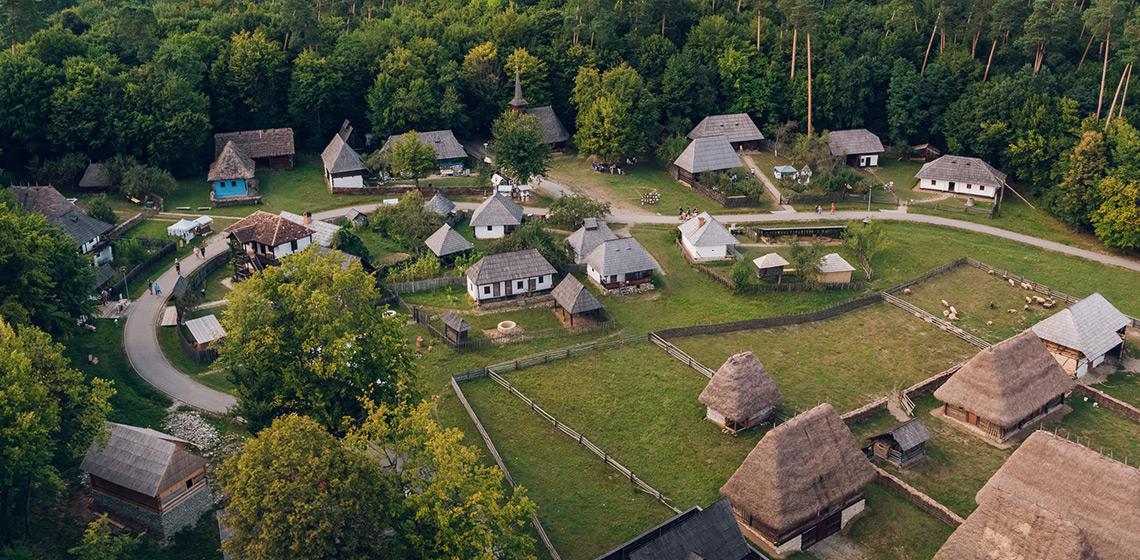Complexul National Muzeal ASTRA (RO)

The ASTRA Open-Air Museum situated in the natural reservation of Dumbrava Sibiului, 4 kilometers away from the Sibiu city centre, spreads across 96 ha, of which more than 40 ha are covered by the permanent exhibition. It was opened in 1963 when the assumed mission was to present the traditional technical patrimony in rural Romania, mills for grinding, oil, grapes and fruit presses, sawmills and watermills, and some peasant industries.
After the 90's, the museum goes through an obvious transformation, the aspect of traditional culture being more present through the houses rebuilt in the museum, but also with emphasis on the immaterial patrimony. ASTRA Open-Air Museum currently holds over 400 monuments of folk architecture and technique, as well as an impressive collection of ethnographic heritage objects. Conceived as a living museum, it hosts many traditional events such as: traditional fairs, workshops, folk festivals and performances.
The ASTRA Museum is one of the most dynamic public museums in Romania when it comes to active preservation and promotion of tangible and intangible cultural heritage with ethnographic value. For the last five decades, it focused on gathering the most impressive and extended open air collection of traits and samples of Romanian rural civilization, developing programs and cultural activities for better understanding the life of the villagers in the entire country, as well as enhancing and promoting Romanian minorities’ collections and non-European collections.
Key features include:
- Extensive Collection of Historical Buildings: The open-air museum features over 300 historical buildings that have been relocated from various regions of Romania. These buildings include traditional houses, barns, churches, watermills, windmills, and workshops, each representing different architectural styles and periods from the 17th to the 20th century.
- Themed Sections: The museum is organised into several sections, each focusing on different aspects of rural Romanian life and regional diversity. These sections include folk architecture, traditional crafts and technologies, as well as watermills and windmills.
- Living History Demonstrations: The museum offers live demonstrations of traditional crafts and daily activities, such as weaving, pottery, blacksmithing, and bread baking. These demonstrations provide visitors with an immersive experience of rural life in historical Romania. Additionally, educational programs and workshops are also offered which focuses on topics such as traditional crafts, folk music, dance, and agricultural practices, providing hands-on learning experiences
- Exhibits and Collections: In addition to the outdoor exhibits, the museum has indoor galleries that house extensive collections of ethnographic artefacts, including traditional clothing, tools, furniture, household items, and folk art. These exhibits provide deeper insights into various aspects of Romanian culture and history.
- Special Events and Festivals: Throughout the year, the museum hosts numerous events and festivals that celebrate Romanian folk traditions and cultural heritage. These events often feature music, dance performances, traditional food, and craft fairs, creating a lively and festive atmosphere.
- Interactive Experiences: Visitors can participate in interactive activities, such as traditional cooking, folk dancing, and seasonal agricultural tasks. These experiences offer a practical understanding of Romania's rural heritage.
The Astra National Museum Complex provides a rich and comprehensive exploration of Romania's rural past, making it a popular destination for tourists, families, and anyone interested in Romanian history and culture.
